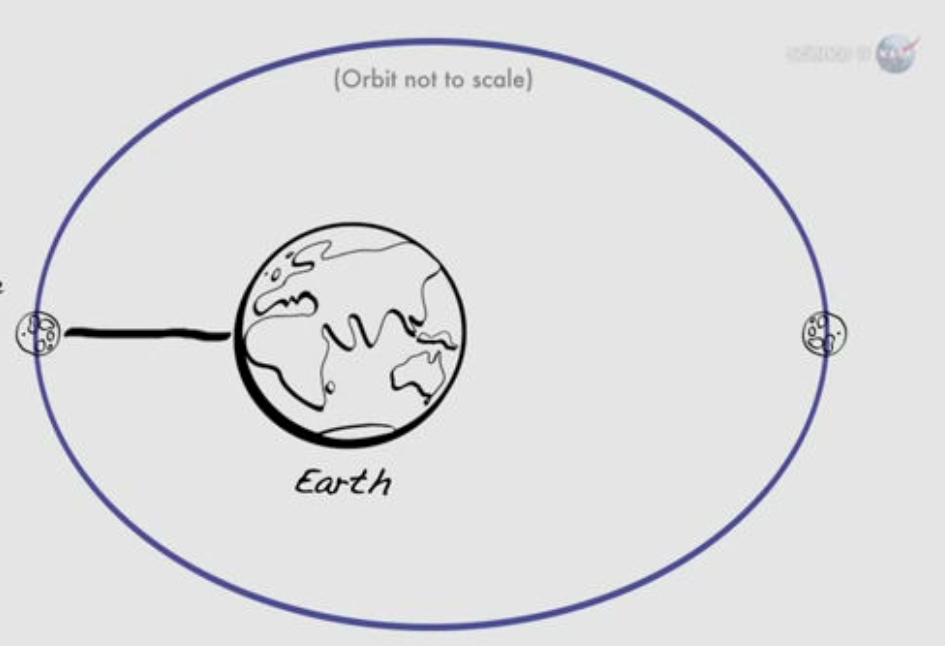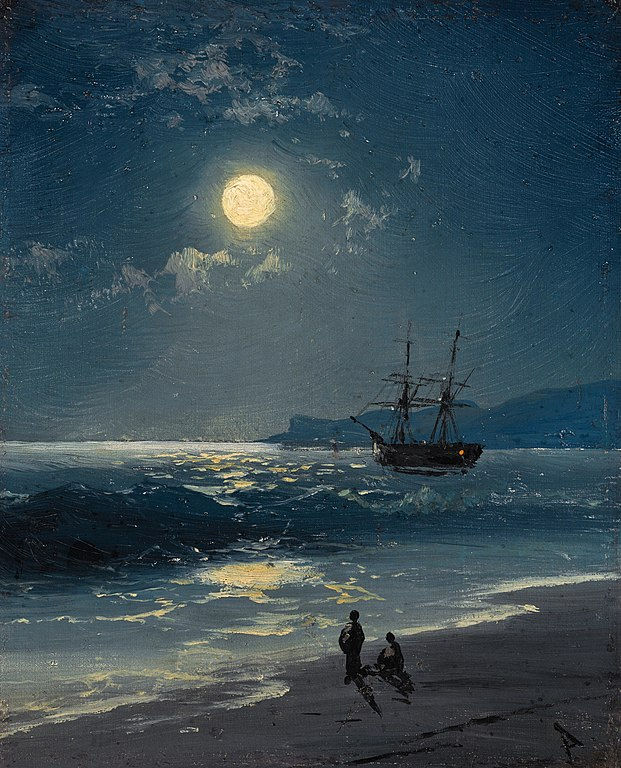When did the Moon turn pink?
- Tim Stephenson

- Apr 17, 2020
- 2 min read
Well, it isn't really going to be pink, even though this is the month of the Pink Moon.

The reason that it is called the Pink Moon is because it's April and this is the month of blossoms. Have you seen the trees coming back to life and the flowers pushing up through the dirt? Yes, it's time for the new season to bring forth new life and the one that really stands out for the part of the country that we live in are the cherry blossoms.

If you live anywhere near where I do, you may recognize this street. This is 88th Avenue in Langley, BC, near Walnut Grove Secondary School. Every spring, this street comes alive with the colours of the pink cherry blossom. These will last for a few weeks into April and they are done for another year. So it should come as no surprise that in April, we have the Pink Moon.
This year, 2020, the Pink Moon is just a little bit more special. It is also a Supermoon. So it's a pink Supermoon! What does that mean? It means that in it's elliptical orbit, the Moon is at perigee (marked in the diagram below), the closest approach to Earth. As long as the closest approach is more than 90% of the current distance, it is considered a Supermoon. The Moon on April 7th, 2020, will be 355,000kms away. For comparison purposes, the average distance is 384,000kms. So it is quite a bit closer! And as such, it will appear larger and brighter than it normally does, by about 30%!

And one more thing. Near the Moon will be a bright star and it is names Spica. Spica is in the constellation Virgo, so presently, the Moon is in this constellation too.
Spica is a very interesting star. Historically, it was used by the Ancient Greek astronomer Hipparchus and then again during the scientific revolution by Nicolaus Copernicus to determine that the Earth had a wobble (called precession). Observations showed that it didn't line up with structures on Earth as it once had simply because the Earth is wobbling in its rotation.
But also, Spica is a double star system. The two stars orbit each other in 4 days and distort each other's shape. They are over three times hotter and about ten times bigger than the Sun. And all this is happening about 250 light years away.
For future reference, Spica is easy to find, as long as you can find the Big Dipper. The handle of the Big Dipper has an arc to it. So you follow the arc of the handle Arcturus (in the constellation Bootes), then spike over to Spica. Arc to Arcturus, spike to Spica! These two bright stars are the brightest in the sky all spring and will be found in the evening hours towards the east to northeast part of the sky.
Happy star hunting :)






Comments